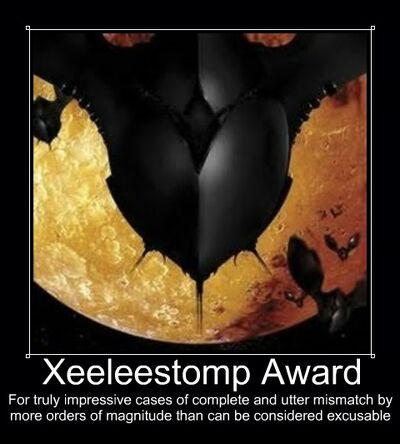- 1,482
- 168
- no prep
- no prior knowledge
- standart equipment
- high calcs/interpretations of feats
- canon versions
- wincondition: destroy 70% of enemy forces or conquer the universe
Who will win and why? Personally I believe Precursors would win. Simply because they are more enigmatic and they haven't fails and limits which Xeelee have. Xeeleeverse is hard sci fi so it has more limits.
- no prior knowledge
- standart equipment
- high calcs/interpretations of feats
- canon versions
- wincondition: destroy 70% of enemy forces or conquer the universe
Who will win and why? Personally I believe Precursors would win. Simply because they are more enigmatic and they haven't fails and limits which Xeelee have. Xeeleeverse is hard sci fi so it has more limits.
